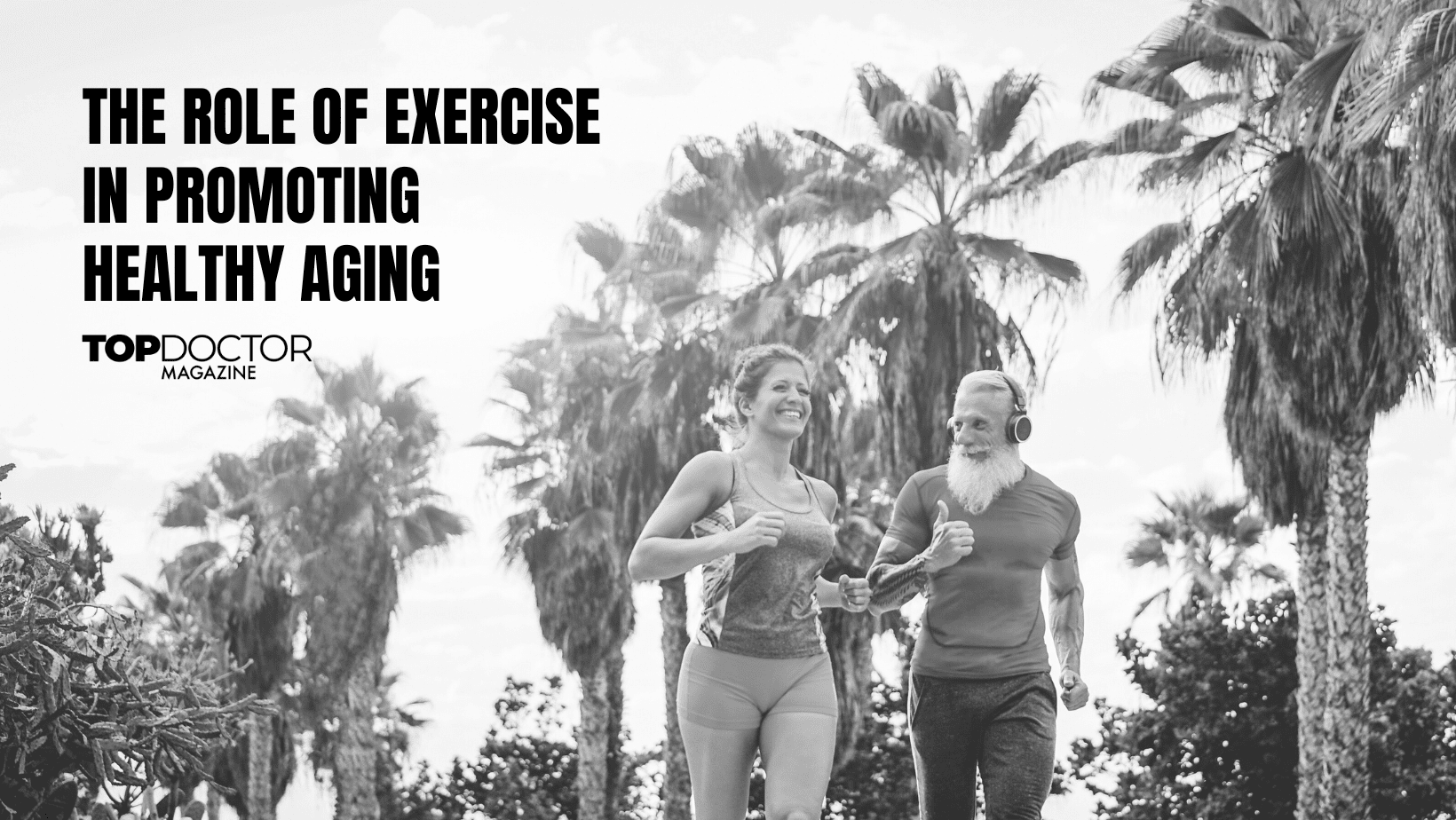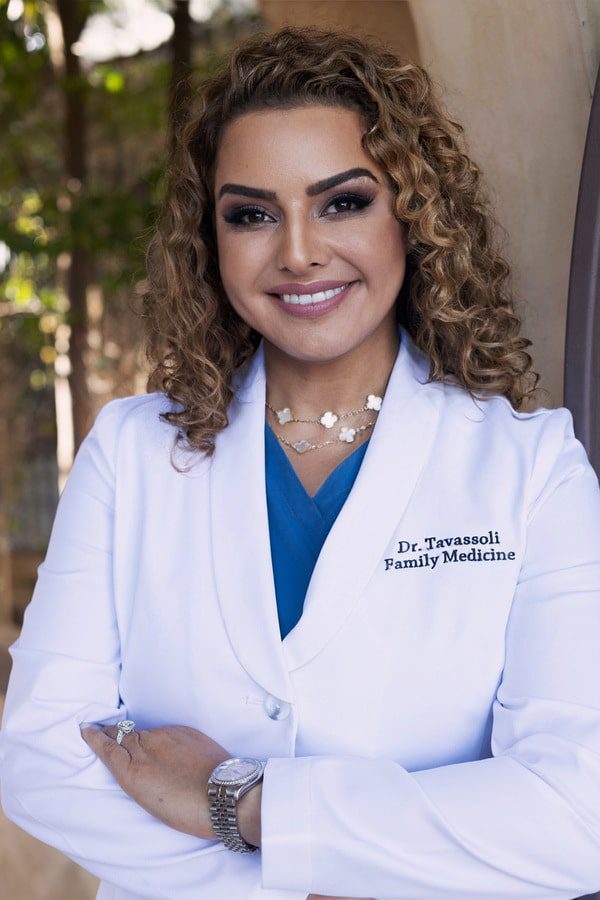Introduction
Aging is an inevitable process that brings about changes in our bodies and minds. However, regular physical activity has become a powerful tool in promoting healthy aging by maintaining physical fitness and preserving cognitive function. This article explores the benefits of exercise for individuals as they age, emphasizing its positive impact on physical and mental well-being.
Additionally, specific exercise recommendations for different age groups will be provided to help individuals incorporate physical activity into their lives effectively.
The Benefits of Regular Exercise in Healthy Aging
- Physical Fitness and Strength: Regular exercise enhances muscular strength, flexibility, and cardiovascular fitness, which tend to decline with age. Strength training exercises, such as weightlifting or resistance training, help maintain muscle mass and bone density, reducing the risk of falls and fractures. Aerobic exercises, such as brisk walking, swimming, or cycling, improve heart health and endurance, allowing individuals to maintain an active lifestyle.
- Disease Prevention: Regular physical activity has been associated with a reduced risk of several chronic diseases commonly affecting older adults, including heart disease, type 2 diabetes, hypertension, and certain types of cancer. Exercise helps control weight, lowers blood pressure, improves blood sugar control, and boosts the immune system, reducing the risk of developing these conditions.
- Cognitive Function and Mental Well-being: Exercise profoundly impacts cognitive function and mental well-being. It promotes the release of endorphins, neurotransmitters that enhance mood and reduce stress and anxiety. Regular exercise has been linked to a reduced risk of cognitive decline and neurodegenerative diseases such as Alzheimer’s disease. It improves memory, attention, and overall cognitive performance. Engaging in physical activity also provides opportunities for social interaction, reducing feelings of loneliness and isolation.
Specific Exercise Recommendations for Different Age Groups
- Young Adults (18-40 years): Young adults should aim for a combination of aerobic exercises and strength training. Examples include jogging, swimming, cycling, dancing, and weightlifting. The American College of Sports Medicine recommends at least 150 minutes of moderate-intensity aerobic exercise or 75 minutes of vigorous-intensity exercise per week and two or more strength training sessions targeting major muscle groups.
- Middle-aged Adults (40-65 years): Middle-aged adults should continue with aerobic exercises and strength training, focusing on maintaining fitness and preventing age-related decline. Activities like brisk walking, cycling, aerobics classes, and moderate-intensity strength training are beneficial. The exercise guidelines remain the same as for young adults.
- Older Adults (65 years and above): Older adults should prioritize exercises that enhance balance, flexibility, and mobility to reduce the risk of falls and injuries. Activities like yoga, Tai Chi, water aerobics, and low-impact exercises are recommended. The exercise guidelines suggest at least 150 minutes of moderate-intensity aerobic activity or 75 minutes of vigorous-intensity activity per week, combined with activities that improve strength and balance.
Conclusion
Regular physical activity plays a vital role in promoting healthy aging by preserving physical fitness, preventing chronic diseases, and enhancing cognitive function. Regardless of age, incorporating exercise into daily routines brings numerous benefits to the body and mind. By following age-specific exercise recommendations, individuals can optimize their health and well-being throughout aging. It is always possible to start reaping the benefits of exercise for a healthier and happier life in the golden years.
At TopDoctor Magazine, our mission is to foster connections within the health and wellness community, acting as a vital bridge between doctors and patients and facilitating collaborations between medical companies and healthcare professionals.
Our purpose extends to empowering our readers, providing them with the knowledge to make well-informed healthcare and lifestyle decisions.
We take pride in being the ultimate resource for interviews with health and wellness leaders, delivering trending medical news, and covering a wide range of healthy living topics.






0 Comments